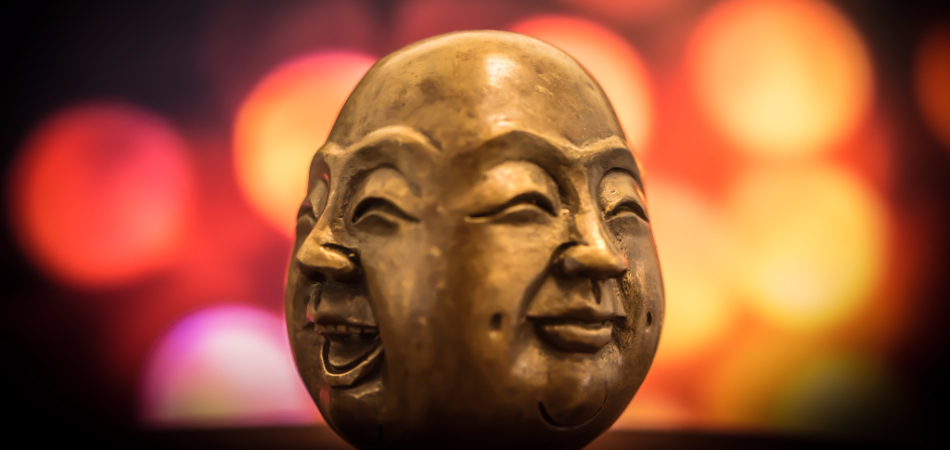
How can brands use music to overcome generational tensions?
Joanna Barnett, Strategy Director at Truant, on the power of music to bring people closer together and broaden a brand’s appeal.
The Psychology of Brand Experience


Andy Marshall, Head of UX at Rufus Leonard, hosted a breakfast discussion last week to ask, why would a brand have a personality? The discussion centred around recognising the importance of brand personality and the way in which it forms both organically, and is crafted to suit a particular audience.
What is vital is that, in creating the brand’s personality, audience's personalities are not ignored. There is a clear link between the two, often opposing personalities, but no accurate predictor to determine which audience will suit which brand. For brands then, what is essential is that their personality is constantly being tried, tested and optimised, to create a character that people will want to align themselves with.
There are tools that brands can use to assist them in the optimisation of their personality. One such tool is the contemporary psychological theory that there are only five personality traits common to every individual, The Big 5. Another is Rufus Leonard’s Brand Experience Index, that allows brands to see how highly they score on offering a good brand experience, and how they compare to their competitors.
Brands can create and cement their own personalities, but they must always be open to considered and informed changes.
SPEAKER
Andy Marshall, Head of UX, Rufus Leonard
Key take outs:
BRAND EXPERIENCE INDEX
Download the full report here
CONTACTS
Annemari Koppinen, New Business Manager, Rufus Leonard, [email protected]
Looks like you need to create a Creativebrief account to perform this action.
Create account Sign inLooks like you need to create a Creativebrief account to perform this action.
Create account Sign in